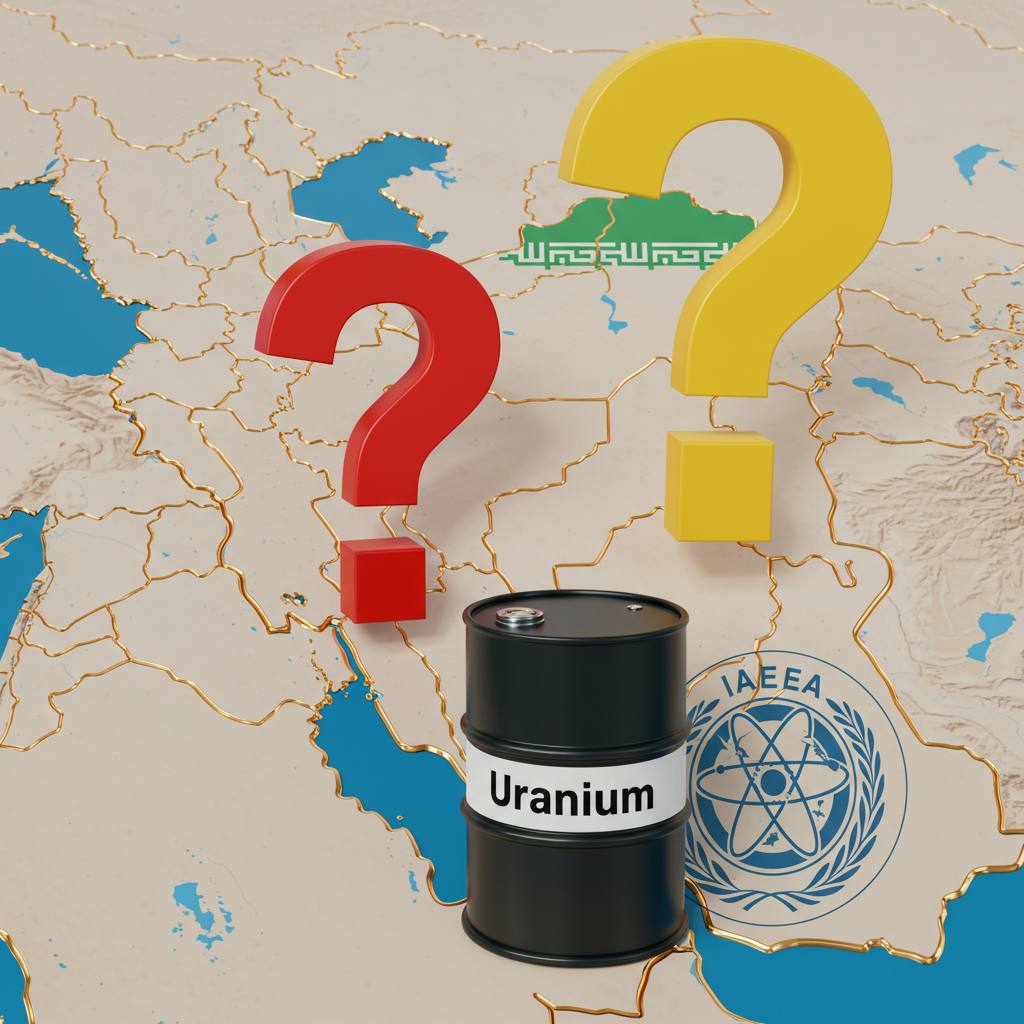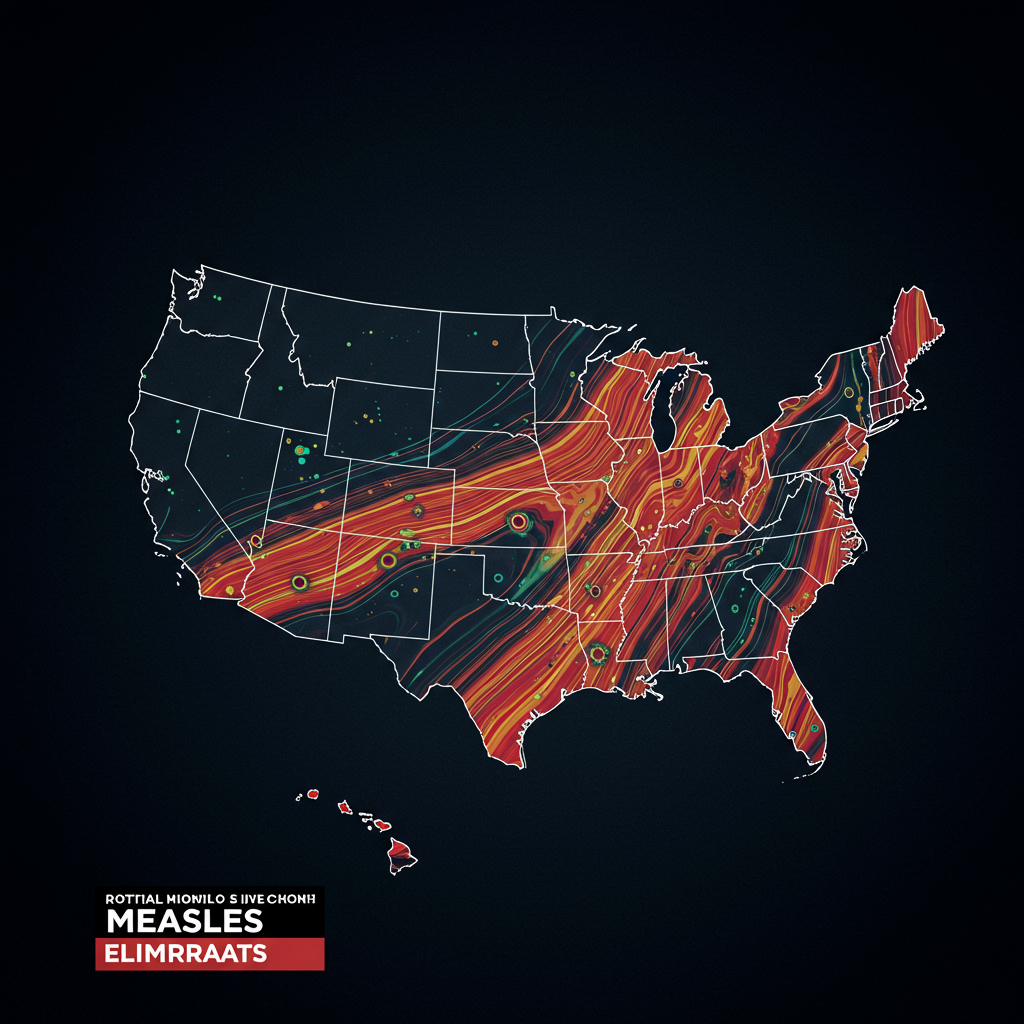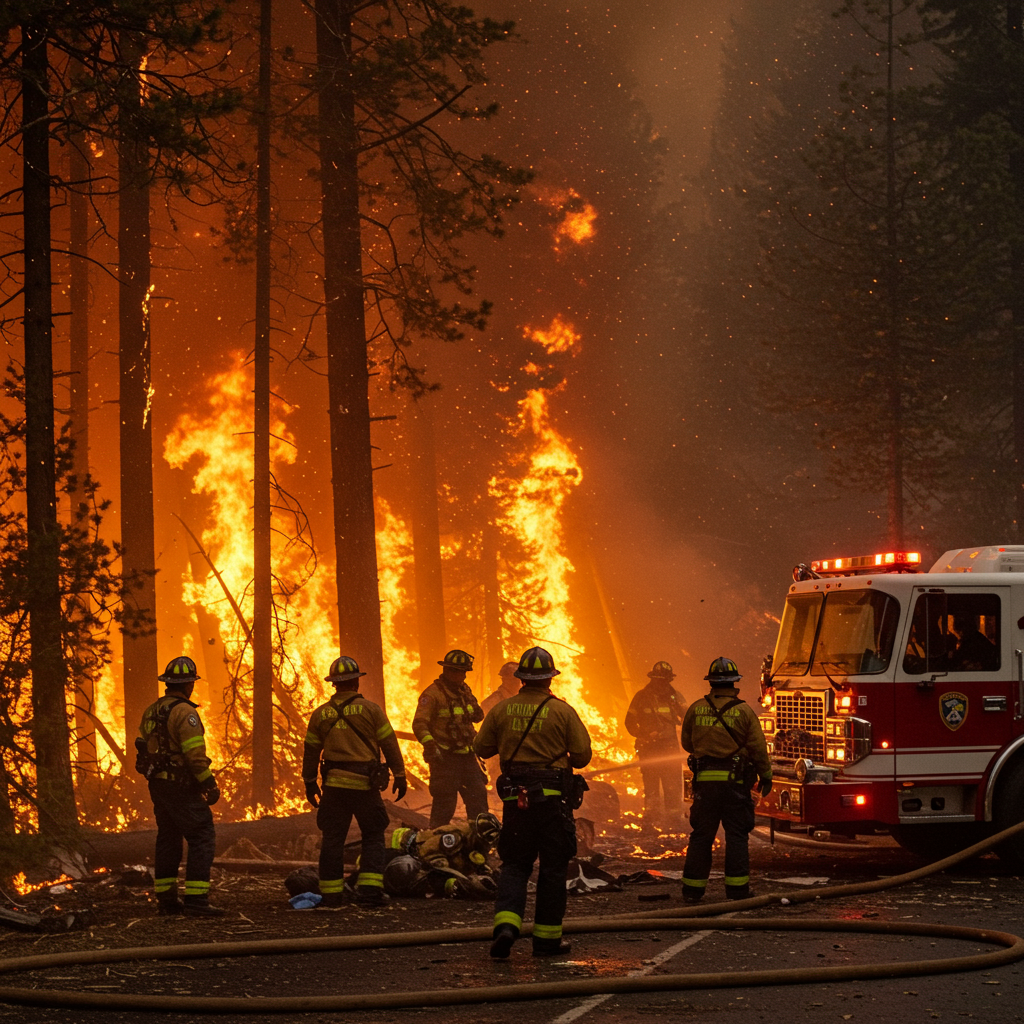The United Nations nuclear watchdog has stated it currently cannot verify the location of Iran’s stockpile of near-bomb-grade enriched uranium. This critical uncertainty arises amidst regional tensions, which reportedly prevent inspectors from fully carrying out their crucial work.
According to the International Atomic Energy Agency (IAEA), Iran possesses approximately 409 kilograms (902 pounds) of highly-enriched uranium. This amount is theoretically sufficient to produce up to ten nuclear warheads if further enriched. The material is supposed to be secured under an IAEA seal at an underground facility located in Isfahan.
However, IAEA Director General Rafael Mariano Grossi recently indicated the whereabouts of this significant stockpile are now unclear. This lack of clarity follows a warning from Tehran that the material could be moved in the event of an Israeli attack.
Broader Verification Challenges
The challenge of tracking Iran’s nuclear materials and activities extends beyond specific declared stockpiles. The IAEA faces a significant “blind spot” regarding Iran’s nuclear program. While the watchdog monitors the approximately 20,000 centrifuges declared and installed at Iran’s known enrichment sites, it lacks comprehensive knowledge about the total number of additional centrifuges Iran may have produced in recent years.
This potential inventory of undeclared centrifuges poses a major risk. Such equipment could theoretically be moved to secret or undeclared facilities located elsewhere, enabling clandestine enrichment activities completely outside of international oversight.
The inability to verify the location of the Isfahan stockpile, coupled with the ongoing uncertainty about the production and potential deployment of undeclared centrifuges, highlights the persistent and complex verification challenges facing the international community regarding Iran’s nuclear ambitions. Effectively addressing these blind spots is crucial for any future efforts to constrain Iran’s program and ensure its compliance with non-proliferation obligations.
The current situation underscores the difficulties inspectors face in maintaining continuous oversight, particularly in a volatile geopolitical environment, adding layers of complexity to monitoring Iran’s sensitive nuclear activities.




